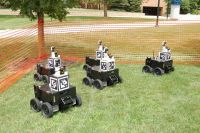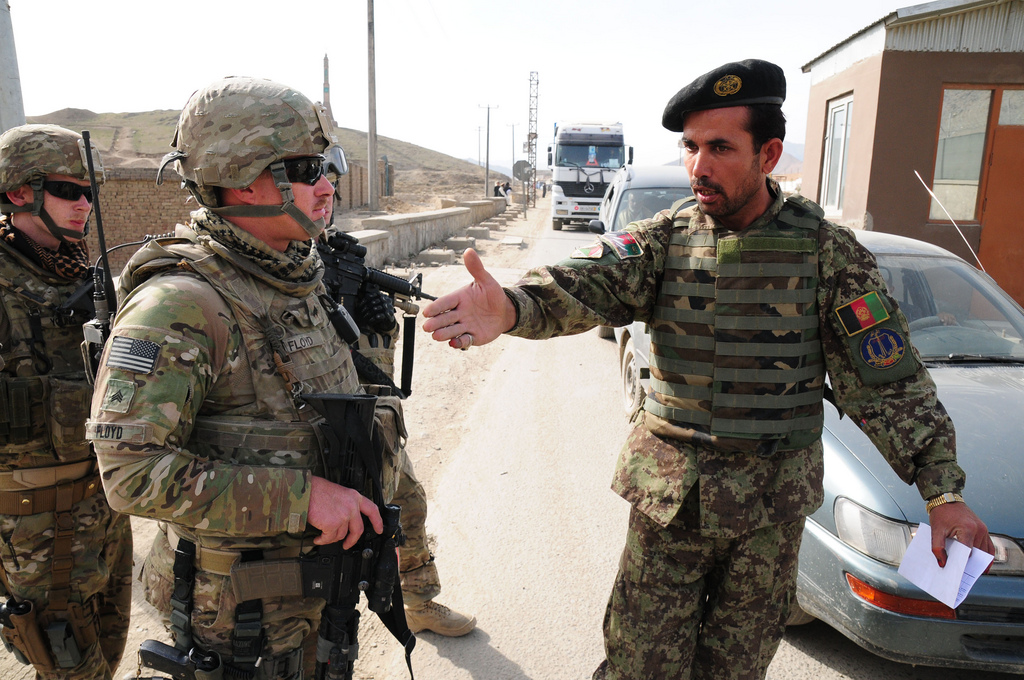U.S. ARMY DETROIT ARSENAL, Mich. — Six high-tech science and technology teams from four continents have been named finalists in the inaugural Multi Autonomous Ground-Robotic International Challenge, or MAGIC.
 |
| Team Michigan is one of six challengers in the MAGIC 2010 robotics challenge. Photo credit U.S. Army photo Click to enlarge |
Teams from the United States, Turkey, Japan and Australia have been selected by the U.S. and the Australian departments of defense to compete this November in Australia in an effort to develop the next generation of fully-autonomous ground robots.
Dr. Grace Bochenek, U.S. Army Tank Automotive Research, Development and Engineering Center director, announced the finalists today who will compete at the Royal Showground in Adelaide, South Australia, Nov. 8–13.
The six teams are:
- Cappadocia – Ankara, Turkey
- Chiba – Tokyo
- Magician – Perth, Australia
- RASR – Fredericksburg, Md.
- Team Michigan – Ann Arbor, Mich.
- University of Pennsylvania – Philadelphia
“All the judges were impressed with the magnitude of submissions from the teams,” Bochenek said. “These finalists have survived a rigorous assessment and elimination process against six other semi-finalist teams.”
MAGIC 2010 is a joint initiative of Australia’s Defence Science and Technology Organisation and the U.S. Army Research, Development and Engineering Command. The competition’s aim is to develop teams of robots which can operate autonomously on the battlefield in dangerous situations, keeping Soldiers out of harm’s way.
“We are excited to work with the Australian government on this international collaboration,” said Bochenek. “MAGIC 2010 will go a long way to help foster the growth of the next generation of scientists and engineers both in the United States and abroad.”
Twenty three teams from five countries submitted entries to the competition. Australian and U.S. officials visited twelve short-listed teams during a hectic several-week period to evaluate their robots. During the evaluations, teams performed a range of activities to demonstrate certain capabilities including the ability to operate autonomously and to map their surroundings digitally.
MAGIC 2010 officials said the competition will lead to groundbreaking robotics research in critical new arenas that will address operational challenges and save Soldiers’ lives. The work done between the U.S. Army and the Australian Department of Defense spans across the globe in efforts to advance technology for the warfighter.
Australia’s Acting Chief Defence Scientist, Dr. Warren Harch, said the competition can lead to innovative ideas.
“The teams competing in this challenge bring new ideas to the table,” he said. “The innovative concepts with these robots can help the government provide new technology for our Soldiers.”
Source:
U.S. Department of Defense
Office of the Assistant Secretary of Defense (Public Affairs)

 von
von 
